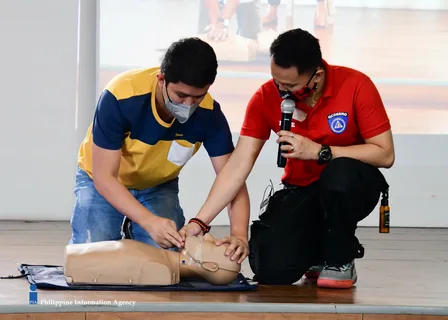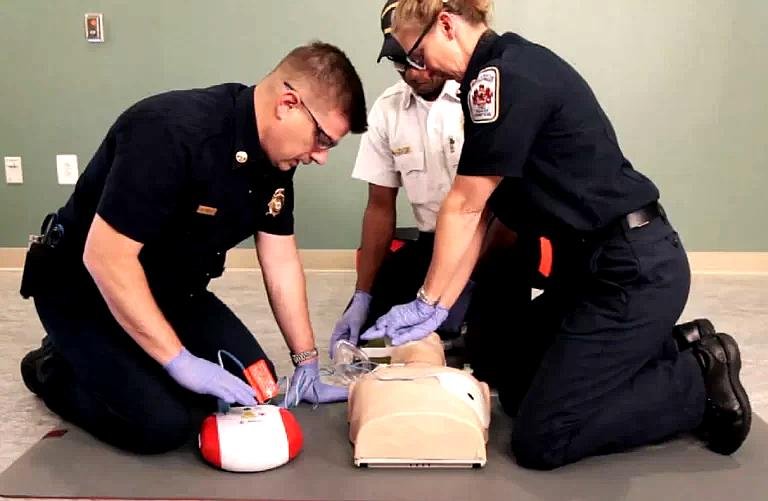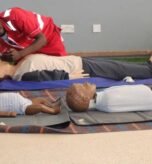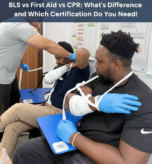5 Mistakes to Avoid When Enrolling in a BLS Course

If you’re planning to enroll in a Basic Life Support (BLS) course, you’re already taking a vital step toward saving lives and advancing your career. But here’s the truth—many first-time learners make mistakes that cost them time, money, and even their certification eligibility.
In this guide, we’ll uncover five common BLS mistakes people make and give you practical BLS course tips to ensure you get the best training experience possible. Whether you’re a healthcare professional, a medical student, or simply someone who wants to be prepared for emergencies, avoiding these mistakes will make your journey smoother.
1. Choosing the Wrong Training Provider
One of the biggest BLS mistakes is signing up with an unaccredited or inexperienced training center. This can lead to your certification being invalid—a costly and frustrating situation.
Why it’s a problem:
- Not all providers are recognized by healthcare authorities or employers.
- Low-quality instruction may not prepare you for real emergencies.
- You may need to retake the course, wasting time and money.
BLS Course Tip:
✅ Always check if the provider is accredited by the American Heart Association (AHA) or other reputable bodies.
✅ Look for reviews, testimonials, and pass rates.
✅ If you’re in the UAE, ensure the provider is approved by the Dubai Health Authority (DHA) or Ministry of Health (MOH).
Example:
If you need a Basic Life Support Certificate Dubai that is recognized by hospitals, your course must be from an authorized training center. Otherwise, employers might reject it.
2. Ignoring Course Format and Learning Style
Many learners sign up without considering whether online, blended, or in-person training suits their schedule and learning preferences.
Why it’s a problem:
- Some people struggle with self-paced online modules.
- Others can’t commit to fixed in-person schedules.
- Choosing the wrong format can lead to poor learning outcomes.
BLS Course Tip:
- Online BLS courses are flexible but require self-discipline.
- In-person BLS training offers hands-on practice but is time-bound.
- Blended learning combines online theory with in-person skill sessions—ideal for busy professionals.
Example:
If you’re a nurse working shifts, a blended course may give you the flexibility to complete theory online and attend skills testing when available.
3. Not Preparing for the Class in Advance
A common BLS course mistake is walking into the class without reviewing any pre-course material. While BLS is designed for beginners, preparation can boost your confidence.
Why it’s a problem:
- You may feel overwhelmed during the practical sessions.
- You could struggle with time-sensitive skill tests.
- Your overall performance might drop.
BLS Course Tip:
- Review CPR basics, AED usage, and rescue breathing before class.
- Watch official AHA training videos online.
- Practice chest compression techniques using a pillow or dummy.
Example:
Students who review the AHA BLS manual beforehand often score higher in assessments and feel more confident during real-life scenarios.
4. Overlooking Certification Renewal Requirements
Many people forget that BLS certifications are not lifetime valid—most are valid for two years.
Why it’s a problem:
- Expired certification can lead to job delays or missed employment opportunities.
- You might need to retake the full course instead of a renewal session.
BLS Course Tip:
- Mark your certification expiry date in your calendar.
- Sign up for a BLS renewal course before it lapses.
- In Dubai, renewal courses are widely available through DHA-approved centers.
Example:
Healthcare workers in the UAE who let their BLS expire must retake the full training—an avoidable waste of time and money.
5. Focusing Only on Passing, Not on Skills Mastery
Some learners treat BLS training as just another certificate to tick off. But in real emergencies, knowing the skill is far more important than just having the card.
Why it’s a problem:
- You may freeze or make mistakes in an actual emergency.
- Lack of confidence can put a patient’s life at risk.
BLS Course Tip:
- Practice beyond the required skill check.
- Ask instructors for extra scenarios to test your reactions.
- Stay updated with the latest BLS guidelines from AHA or Red Cross.
Example:
A nurse who regularly practiced chest compressions and rescue breaths on a dummy felt confident enough to save a choking patient at a restaurant.
Additional BLS Course Tips for Success
Here are a few more tips to make your BLS training journey smooth:
- Wear comfortable clothing for skill sessions.
- Bring a notebook to jot down quick references.
- Stay hydrated and alert—BLS practice can be physically demanding.
Network with classmates—they can be future colleagues or referral sources.

Final Thoughts
Avoiding these five BLS mistakes will save you time, money, and frustration—while ensuring you gain life-saving skills that actually work in emergencies.
If you want your Basic Life Support Certificate Dubai to be valid and respected by employers, choose an accredited provider, prepare in advance, and focus on mastering the skills—not just passing the test.
By making informed choices, you’ll not only get certified but also become confident and ready to help when it matters most.



